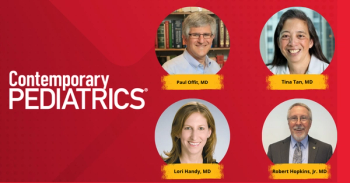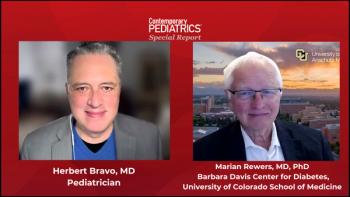
CDC documents effects of ART on low-birth weight, preterm infants by state
The CDC has released a report on the effect of assisted reproductive technology on multiple births, low birth weight, and preterm weight.
The Centers for Disease Control and Prevention (CDC) has released what it calls the first report to document state by state the contribution of assisted reproductive technology (ART) to multiple births, low birth weight, and preterm birth.
Some differences among states are eye opening. Using data from 2009, the report says that 33.4% of infants conceived through ART were born preterm, ranging from 21.3% in Vermont to 47.1% in Wyoming. Rates were 40.7% in Texas, but were only 30.9% in New York and 31.9% in California.
Similarly, 32.3% of these infants were low birth weight, ranging from 19.7% in Alaska to 47.8% in Puerto Rico.
Denise Jamieson, MD, of the CDC’s Division of Reproductive Health, points out, however, that low birth weight and preterm births are determined by many factors, including maternal age, and those factors also vary by state. So even with babies conceived through ART, it’s not possible to know how much ART contributed to the difference among states in low birth weight and preterm births.
Overall, ART contributed to 1.4% of US births, but according to the report: “Nationally, infants conceived with ART contributed approximately 3.9%, 4.5%, and 3.8%, respectively, to all preterm, very preterm, and moderate preterm births. The contribution of ART to preterm births ranged from 0.5% in Puerto Rico to 11.1% in Massachusetts.”
One major factor is that 47% of infants conceived through ART are born in multiples, according to the CDC.
The CDC urges that clinicians and state policymakers should continue to support fewer numbers of embryos transferred and, when possible, promote the transfer of single embryos as recommended by the Society for Assisted Reproductive Technologies and the American Society for Reproductive Medicine.
The number of embryos transferred has decreased over time, says Jamieson. “I think the guidance is helping people to transfer fewer embryos, depending on the clinical characteristics of the woman, such as age.”
But the elective single-embryo transfers are still very much in the minority, accounting for 7% in women aged younger than 35 years, 3% in women aged 35 to 40 years, and .5% in women older than 40 years.
Jamieson says, “To many women, a healthy twin pregnancy, even if the babies are smaller or born earlier, seems like a great outcome.” Many women don’t understand the increased risk to the mother in pregnancies with multiples, and they are particularly not motivated to have a single egg transferred when they have paid for the expensive cycle themselves, she notes.
The CDC report points out that some research shows that in states that mandate insurance coverage for in vitro fertilization treatments, there are large increases in access to ART services, but there are also fewer embryos transferred per procedure.
When the patient does not have insurance for the procedure, the report indicates, physicians may be transferring multiple embryos in hopes that the expensive procedure will not have to be repeated. However, the report says, “Even singleton infants conceived with ART have a higher risk of low birth weight.”
The reports mentions a 2006 Institute of Medicine report on preterm births that noted that ovulation promotion is just as important in producing multiple gestations as ART. The risks of multiple gestations resulting from those treatments are not as well studied.
Newsletter
Access practical, evidence-based guidance to support better care for our youngest patients. Join our email list for the latest clinical updates.








